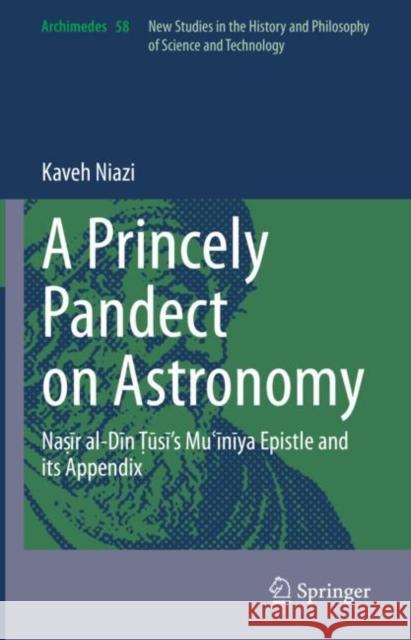A Princely Pandect on Astronomy: Naṣīr Al-Dīn Ṭūsī's Muʿīnīya Epistle and Its Appendix » książka
topmenu
A Princely Pandect on Astronomy: Naṣīr Al-Dīn Ṭūsī's Muʿīnīya Epistle and Its Appendix
ISBN-13: 9783030507602 / Angielski / Twarda / 2022 / 476 str.
A Princely Pandect on Astronomy: Naṣīr Al-Dīn Ṭūsī's Muʿīnīya Epistle and Its Appendix
ISBN-13: 9783030507602 / Angielski / Twarda / 2022 / 476 str.
cena 483,04
(netto: 460,04 VAT: 5%)
Najniższa cena z 30 dni: 424,07
(netto: 460,04 VAT: 5%)
Najniższa cena z 30 dni: 424,07
Termin realizacji zamówienia:
ok. 22 dni roboczych
Dostawa w 2026 r.
ok. 22 dni roboczych
Dostawa w 2026 r.
Darmowa dostawa!
Kategorie:
Kategorie BISAC:
Wydawca:
Springer
Seria wydawnicza:
Język:
Angielski
ISBN-13:
9783030507602
Rok wydania:
2022
Wydanie:
2021
Numer serii:
000215843
Ilość stron:
476
Oprawa:
Twarda
Wolumenów:
01
Dodatkowe informacje:
Bibliografia
Glosariusz/słownik
Glosariusz/słownik











